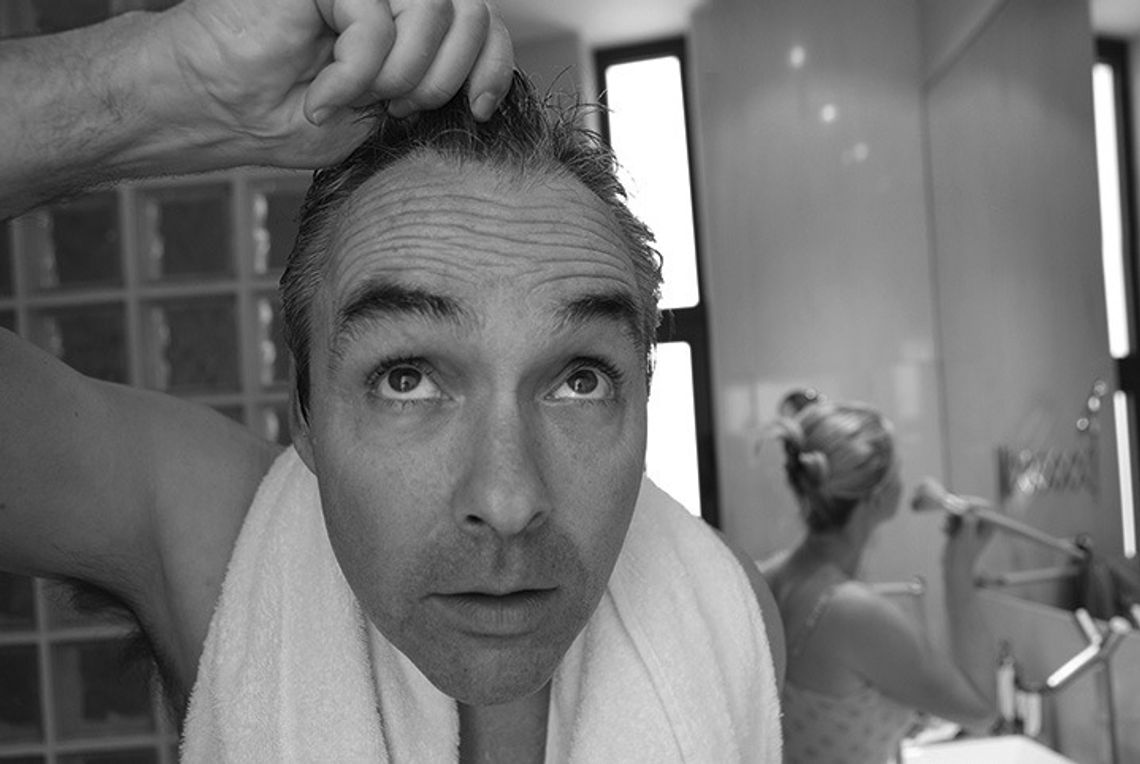Hair loss can affect both men and women and have an impact on their quality of life and selfesteem.
Clinically known as alopecia, hair loss has many different causes, advises the Mayo Clinic. Narrowing down what could be at the root of hair loss may compel people to take steps to restore hair quality and appearance. Here are some common causes of hair loss, courtesy of the American Academy of Dermatology Association.
Heredity (Androgenic alopecia)
Hereditary hair loss is the most common cause of hair loss worldwide, according to the AADA. In men it’s called male pattern hair loss, and in women it’s known as female pattern hair loss.
With this type of hair loss, inherited genes cause the hair follicles to shrink and eventually stop growing hair. Shrinkage can begin during adolescence, though it usually starts later in life.
Immune system attacks (Alopecia areata)
Hair loss can occur when the body’s immune system turns on itself and attacks the hair follicles. This may cause patchy areas where there is no hair. Hair loss can occur anywhere on the body, including the scalp, eyelashes, arms, and even on the inside of the nose.
Medications
Certain medications and cancer treatments can cause hair loss. A person may lose all or most of his or her hair within a few weeks of starting chemotherapy or receiving radiation treatment.
Hormonal changes
Hormonal changes can cause hair loss. Pregnancy or menopause may cause fluctuations of hormones that lead to hair loss. In addition, hormonal changes in the thyroid may cause hair loss.
Illness and stressors
A person may notice that he or she is losing many more hairs than normal a few months after recovering from an illness or undergoing surgery or experiencing a particularly stressful situation. The good news is that when the stressor stops, the body can readjust and the hair loss will stop.
Chemical or physical damage Certain hair treatments or hair styling procedures like perming, hair coloring, relaxing the hair, or using heat styling products can damage hair follicles and lead to hair loss.
Hairstyles that pull on the scalp, such as tight ponytails or braids, can lead to permanent hair loss. This is known as traction alopecia.
Infection An infection of the scalp may cause hair loss. Hair may be restored with treatment of the illness.
Individuals who are experiencing hair loss can speak with their doctors and undergo testing to get to the bottom of hair loss. There are treatments available that can slow hair loss or even reverse it. Certain measures, such as being more gentle with hair, also can prevent hair loss in certain instances.



